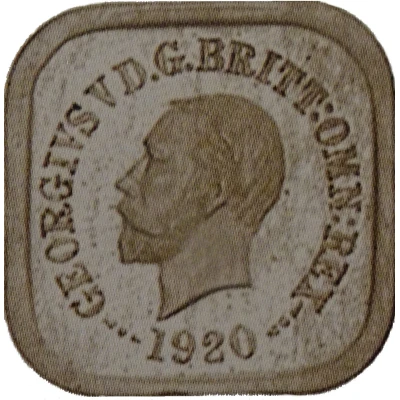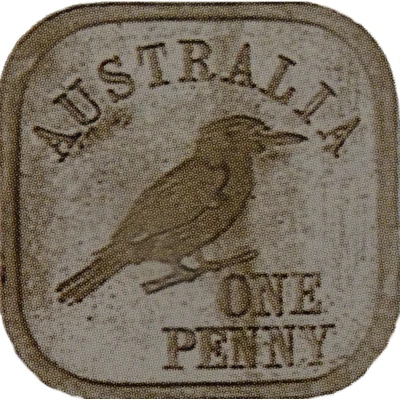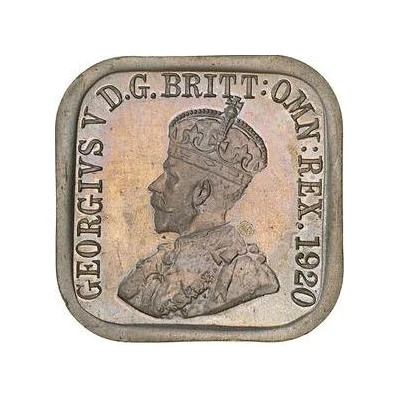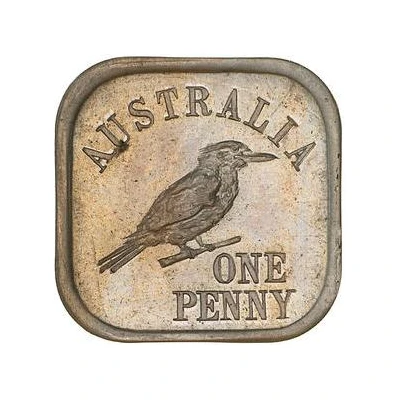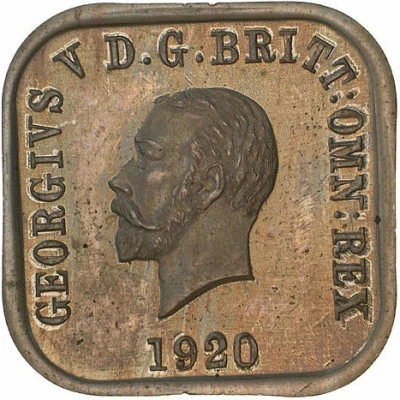
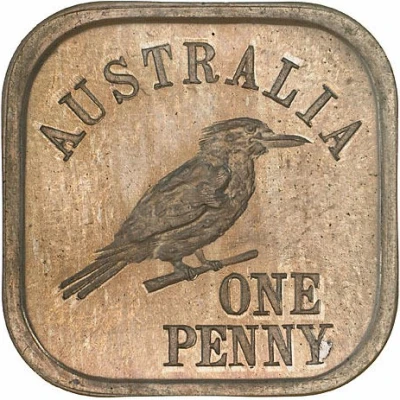

© Museums Victoria
1 Penny - George V Kookaburra Pattern - Type
1920 year| Copper-nickel | 3.84 g | - |
| Issuer | Australia |
|---|---|
| King | George V (1910-1936) |
| Type | Pattern |
| Year | 1920 |
| Value | 1 Penny (1⁄240) |
| Currency | Pound (1788-1966) |
| Composition | Copper-nickel |
| Weight | 3.84 g |
| Size | 18 mm |
| Shape | Square with rounded corners |
| Technique | Milled |
| Orientation | Medal alignment ↑↑ |
| Demonetized | Yes |
| Updated | 2024-10-04 |
| Numista | N#124659 |
|---|---|
| Rarity index | 95% |
Reverse
Kookaburra's plumage is coarser
Script: Latin
Lettering:
AUSTRALIA
ONE
PENNY
Edge
Plain
Comment
Type: M9 / R9Dies prepared by the Royal Mint, London
Between 1919 and 1921 a series of experiments were undertaken for a square coinage in nickel to replace the large bronze penny and halfpenny coins.
Interesting fact
One interesting fact about the 1920 Australian Kookaburra Pattern Penny is that it features a unique reverse design that was never used on any other coin. The Kookaburra, a native Australian bird, was chosen as the central motif for the coin's reverse, and it is surrounded by a wreath of eucalyptus leaves. This design was created by artist and sculptor, Edgar Bertram Mackennal, who was also responsible for designing the coin's obverse, which features a portrait of King George V. The Kookaburra Pattern Penny is considered a rare and highly sought-after coin among collectors, with only a small number minted in 1920.
